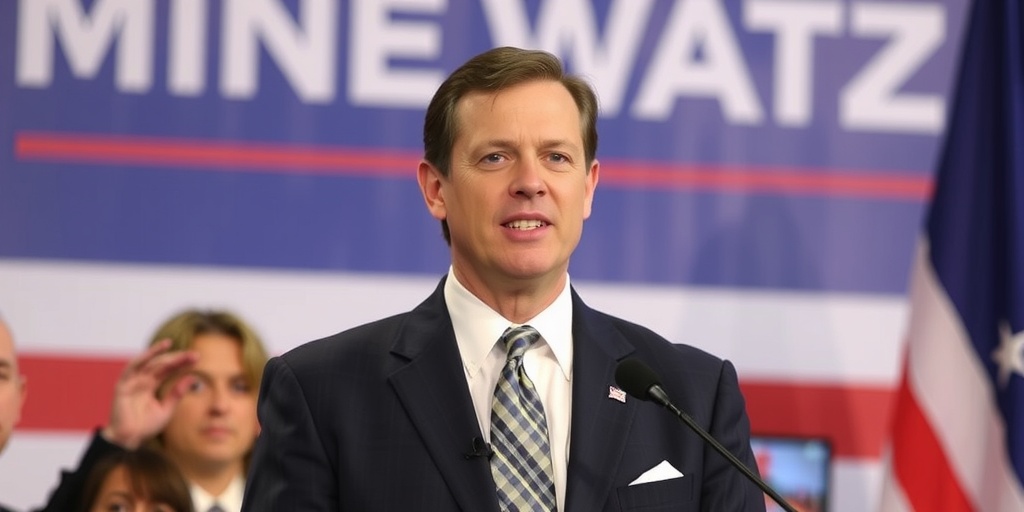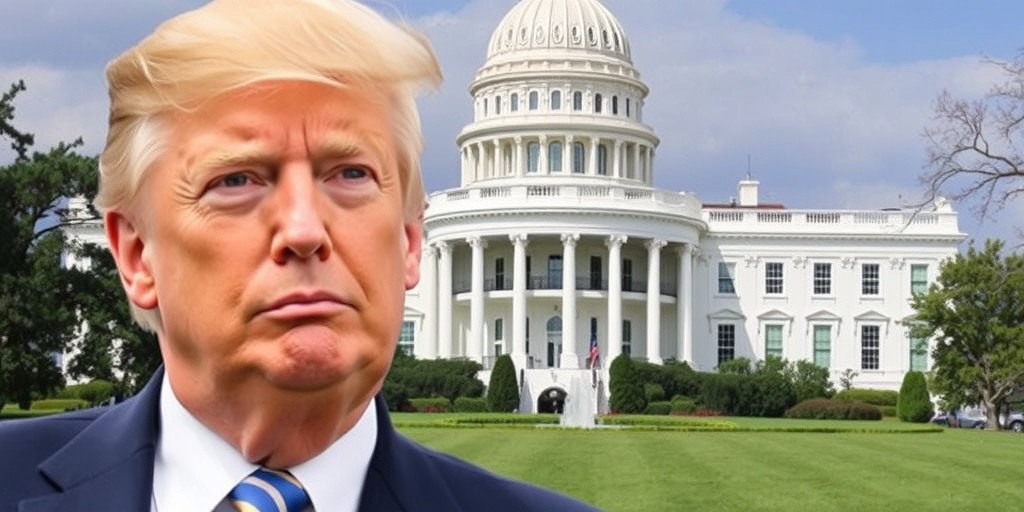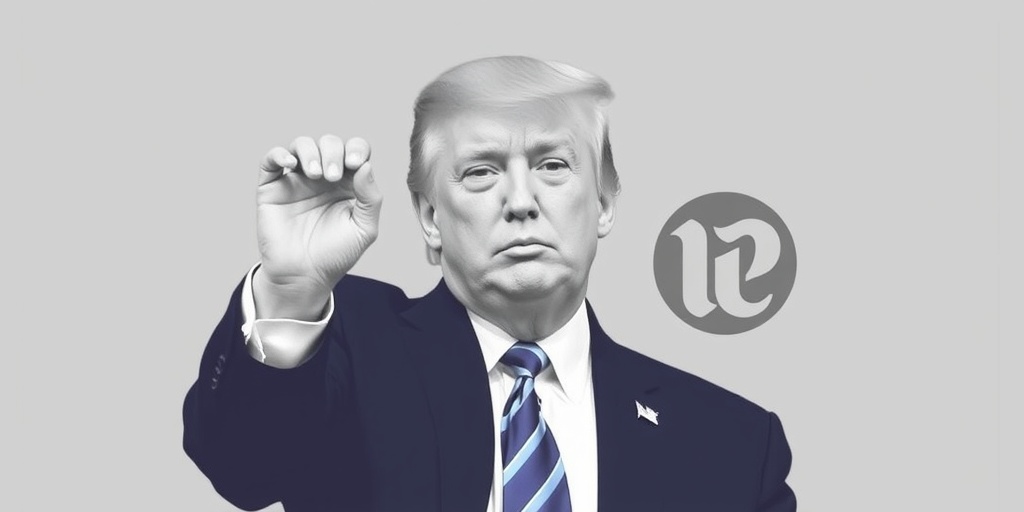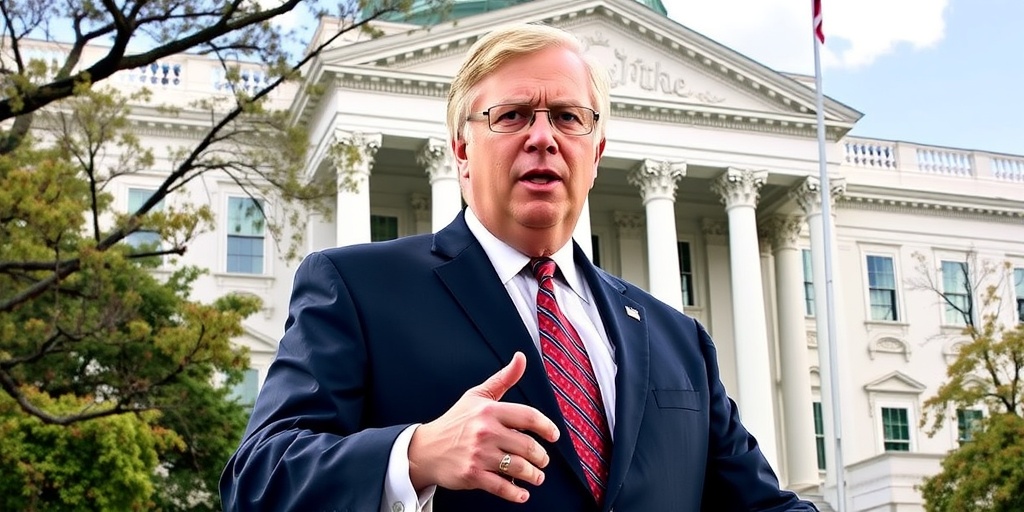Now Reading: World Leaders Court Trump on Tariffs
-
01
World Leaders Court Trump on Tariffs
World Leaders Court Trump on Tariffs
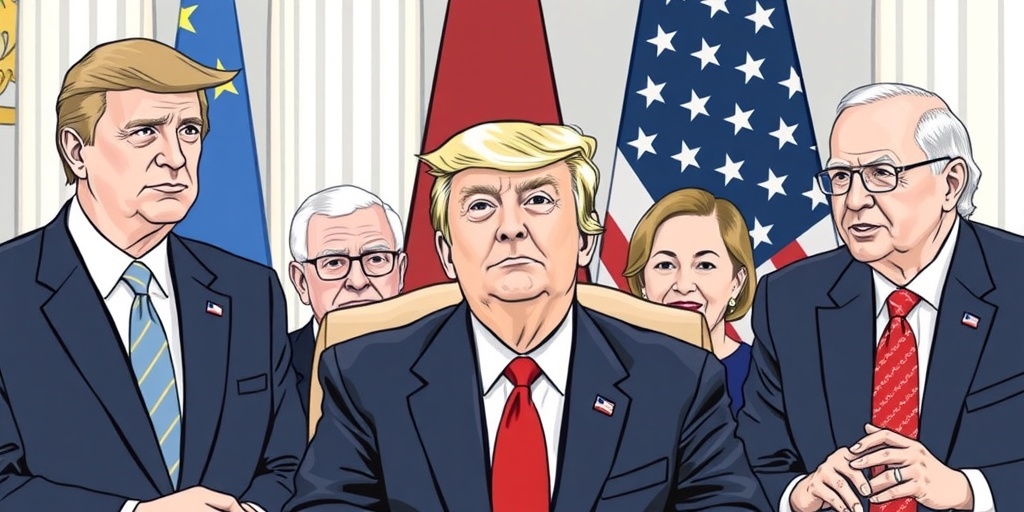
Global Response to Trump’s Proposed Tariffs Stirs Urgent Negotiations
President Donald Trump’s administration has recently announced a significant plan to implement broad tariffs on most of the United States’ trading partners. This decision has triggered an immediate response from governments worldwide, which are hastily arranging phone calls, sending delegations to Washington, and presenting proposals to reduce their import taxes in a bid to avoid these levies.
On Monday, European officials put forth a proposal to eliminate tariffs on American cars and industrial goods on the condition that the United States reciprocates. Israel’s Prime Minister was scheduled to meet with Trump at the White House to discuss similar concessions. Additionally, Vietnam’s leader offered to remove tariffs on American products during a phone call last week, and Indonesia was preparing a high-level delegation to engage in direct negotiations with U.S. officials.
Even Lesotho, a small landlocked nation in Southern Africa, was mobilizing a delegation to voice concerns over the tariffs imposed on its exports, which notably include denim for popular brands like Calvin Klein and Levi’s. This widespread diplomatic flurry illustrates the urgency and potential economic ramifications of Trump’s tariffs.
However, the Trump administration has sent mixed signals regarding its willingness to negotiate. While Trump stated that tariffs would remain until the U.S. trade deficits are eliminated—meaning the U.S. would no longer import more from these countries than it exports—there was also a sense of openness to negotiations. This duality has left many nations hopeful yet uncertain about their prospects for avoiding punitive tariffs set to take effect soon.
As financial markets continued to react negatively to the tariff announcements, Trump indicated that negotiations would begin immediately with other countries that have reached out for dialogue. The president shared updates on social media, noting the commencement of discussions with various world leaders, including Japan’s Prime Minister, who is expected to send a team to negotiate.
On the other hand, domestic reactions to the tariffs have been varied. Senator James Lankford, a Republican from Oklahoma, suggested that the tariffs might serve only as a temporary measure while negotiations unfold. He expressed optimism that once negotiations commence, market stability could return swiftly.
Despite this, both President Trump and his advisers have downplayed the likelihood of immediate changes to the tariff structure. Trump reiterated that tariffs would not be reversed unless substantial trade deficits with countries like China and those in the European Union are addressed. He emphasized the significant economic loss incurred by the U.S. due to these imbalances.
The upcoming tariffs, which range from 10 to 40 percent and affect nearly 60 countries, are calculated per the U.S. trade deficit with each respective country. Additionally, these tariffs will compound with a 10 percent global levy that was initiated earlier. As nations grapple with these developments, several, including European nations and Canada, have threatened retaliatory measures against U.S. goods.
European Commission President Ursula von der Leyen underscored the potential for reciprocal tariffs but also suggested a willingness to negotiate reductions in tariffs on both sides. This dual approach underscores a commitment to protecting European interests alongside a desire to foster cooperative trade relations.
In Asia, leaders from various nations have expressed willingness to strike deals amidst concerns over economic repercussions. For instance, the Philippines announced plans to lower tariffs on American imports, and Cambodia, facing the highest tariffs in the region at 49 percent, announced immediate tariff reductions on selected American goods.
Vietnam too feels the urgent need for dialogue, with officials seeking a suspension of the proposed 46 percent tariff and demonstrating willingness to cut tariffs to zero on significant categories of U.S. goods. However, Trump’s trade advisor, Peter Navarro, expressed skepticism over Vietnam’s intentions, citing concerns regarding non-tariff barriers like taxes and regulations that the U.S. faces.
Meanwhile, Japan’s government displayed unease over the tariffs imposed on their products, and Prime Minister Shigeru Ishiba indicated readiness to negotiate with the Trump administration to alleviate the impact on their economy, which significantly relies on automotive exports.
As negotiations escalate, South Korea’s trade minister has announced plans to visit Washington to address the newly imposed 25-percent tariffs. Reflecting broader trends, European officials are also rushing to Washington for discussions, with trade commissioners engaging in video conferences to deliberate on tariff implications.
While the initial wave of retaliatory measures focuses on steel and aluminum tariffs, European policymakers have hinted at more extensive responses if negotiations falter. This includes discussions around potential barriers to major American technology firms.
In contrast, Mexico and Canada have escaped Trump’s imposed tariffs, signaling a progressive dialogue aimed at future bilateral agreements. Mexican officials have stressed that their manufacturing practices differentiate them from other nations facing high tariffs and have engaged consistently with U.S. counterparts.
As the world watches these developments unfold, it’s clear that the economic landscape is shifting rapidly, with diplomats racing against the clock to forge agreements that could alleviate impending trade tensions. The impact of these tariffs on global supply chains, local economies, and international relations remains to be seen, but the urgency of negotiations suggests all parties recognize the potential fallout of prolonged trade disputes.
Stay Informed With the Latest & Most Important News
Previous Post
Next Post
-
 01New technology breakthrough has everyone talking right now
01New technology breakthrough has everyone talking right now -
 02Unbelievable life hack everyone needs to try today
02Unbelievable life hack everyone needs to try today -
 03Fascinating discovery found buried deep beneath the ocean
03Fascinating discovery found buried deep beneath the ocean -
 04Man invents genius device that solves everyday problems
04Man invents genius device that solves everyday problems -
 05Shocking discovery that changes what we know forever
05Shocking discovery that changes what we know forever -
 06Internet goes wild over celebrity’s unexpected fashion choice
06Internet goes wild over celebrity’s unexpected fashion choice -
 07Rare animal sighting stuns scientists and wildlife lovers
07Rare animal sighting stuns scientists and wildlife lovers













